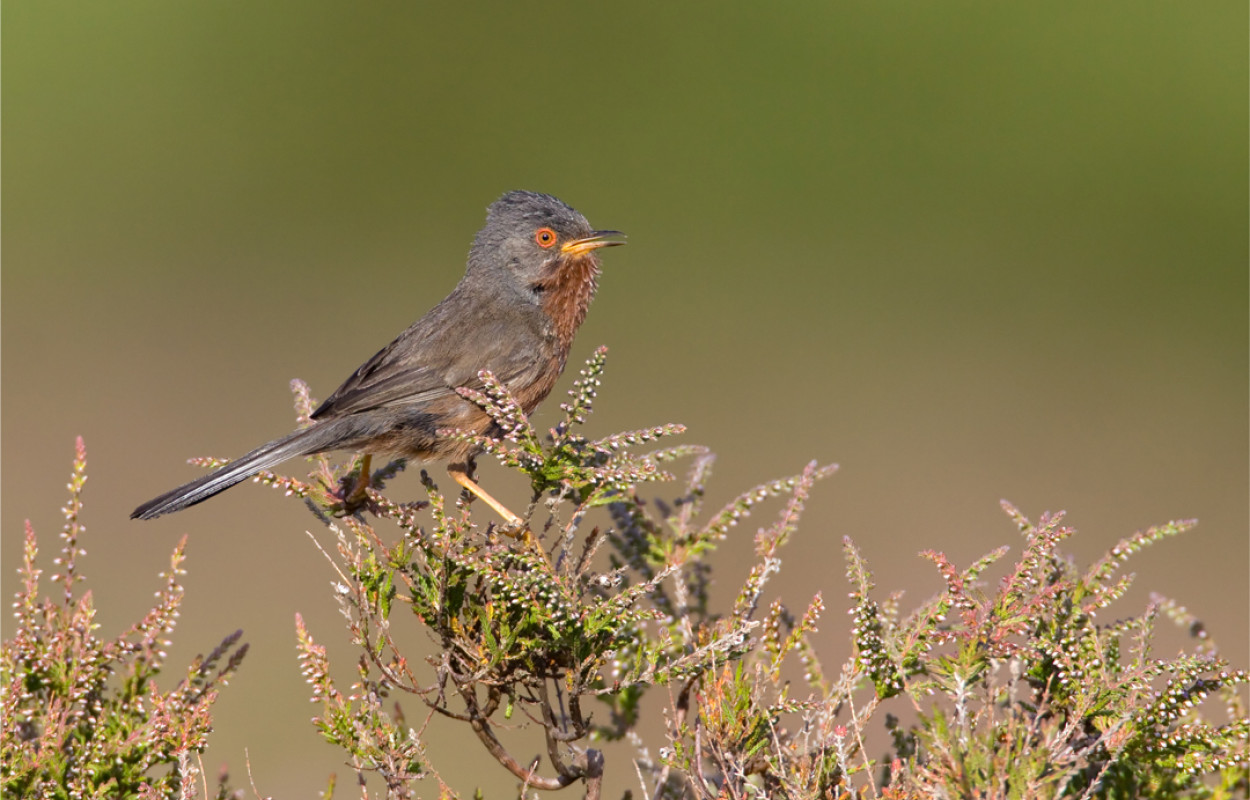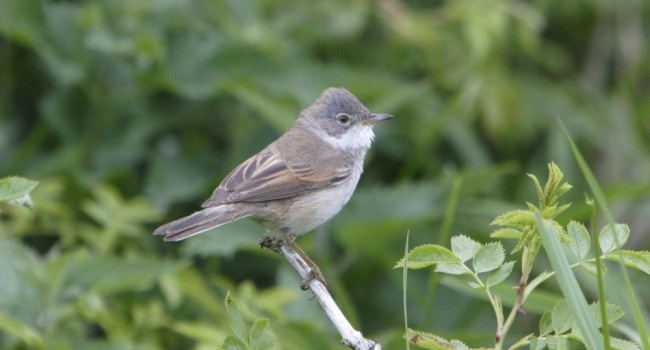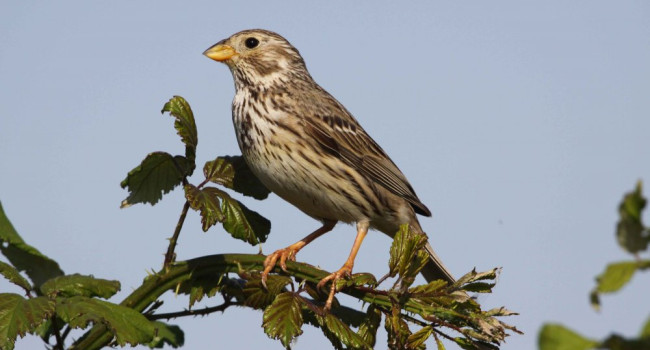Ecological barriers mediate spatio-temporal shifts of bird communities at a continental scale

Author(s): Marjakangas, E.-L., Bosco, L., Versluijs, M., Xu, Y., Santangeli, A., Holopainen, S., Mäkeläinen, S., Herrando, S., Keller, V., Voříšek, P., Brotons, L., Johnston, A., Princé, K., Willis, S.G., Aghababyan, K., Ajder, V., Balmer, D.E., Bino, T., Boyla, K.A., Chodkiewicz, T., del Moral, J.C., Mazal, V.D., Ferrarini, A., Godinho, C., Gustin, M., Kalyakin, M., Knaus, P., Kuzmenko, T., Lindström, Å., Maxhuni, Q., Molina, B., Nagy, K., Radišić, D., Rajkov, S., Rajković, D.Z., Raudoniki, L., Sjeničić, J., Stoychev, S., Szép, T., Teufelbauer, N., Ursul, S., van Turnhout, C.M., Velevski, M., Vikstrøm, T., Wilk, T., Voltzit, O., Øien, I.J., Sudfeldt, C., Gerlach, B. & Lehikoinen, A.
Published: May 2023
Journal: PNAS
Digital Identifier No. (DOI): 10.1073/pnas.2213330120
A changing climate places pressure on individuals, species and communities, forcing them to either adapt to changing conditions or move to where conditions remain favourable. If they are unable to adapt or move then they may go extinct.
Studies that model the likely impacts of climate change often fail to take into account the effects of ecological barriers, such as mountain ranges or seas, that can reduce the ability of species and communities to follow shifts in favoured environmental conditions.
By using data from the two European breeding bird atlases, this study explores potential shifts in European bird communities and the extent to which ecological barriers have influenced these. The study found that ecological barriers, in the form of mountain ranges and coastlines, affected both the distance and direction of bird community shifts.
The study underlines the need to include knowledge of ecological barriers when seeking to predict the responses of bird communities to a changing climate. If we do not take the barriers into account when modelling the likely impacts of climate change, then decision-makers and conservation practitioners will have incomplete or misleading information on which to base their decisions.







Share this page